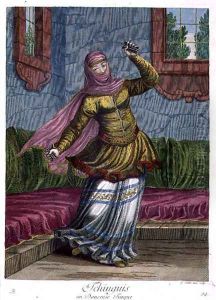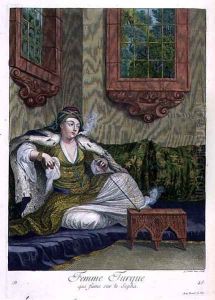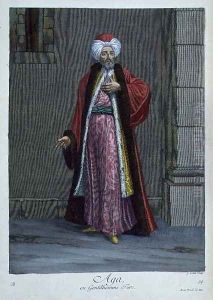Gerard Jean Baptiste Scotin Paintings
Gerard Jean Baptiste Scotin II was a prominent French engraver born in 1671 in Paris, France. Coming from a family deeply rooted in the arts, Scotin was part of a lineage of skilled engravers, which likely influenced his career choice and development in the field of engraving. He was particularly known for his mastery in the art of line engraving, a technique that involves creating images on metal plates, typically for the purpose of printing on paper.
Scotin's career flourished in the late 17th and early 18th centuries, a period that was rich in artistic exploration and innovation in Europe. He contributed significantly to the art world through his detailed and expressive engravings, which often depicted scenes from mythology, religion, and everyday life. His works were not only appreciated for their artistic quality but also for their ability to convey complex narratives within a single frame.
In addition to his individual creations, Scotin collaborated with other artists and publishers, contributing to various projects that included illustrations for books and artworks for private collections. His engravings were widely circulated, earning him recognition beyond the borders of France. Despite the popularity of his work, detailed records of his life and career remain sparse, leaving much about his personal life and professional relationships to the imagination.
Gerard Jean Baptiste Scotin II passed away in 1716, leaving behind a legacy that would influence future generations of engravers. His technique and style continued to be studied and admired, cementing his place in the history of French art. Today, his works can be found in museums, galleries, and private collections around the world, where they continue to be celebrated for their beauty, precision, and historical value.













